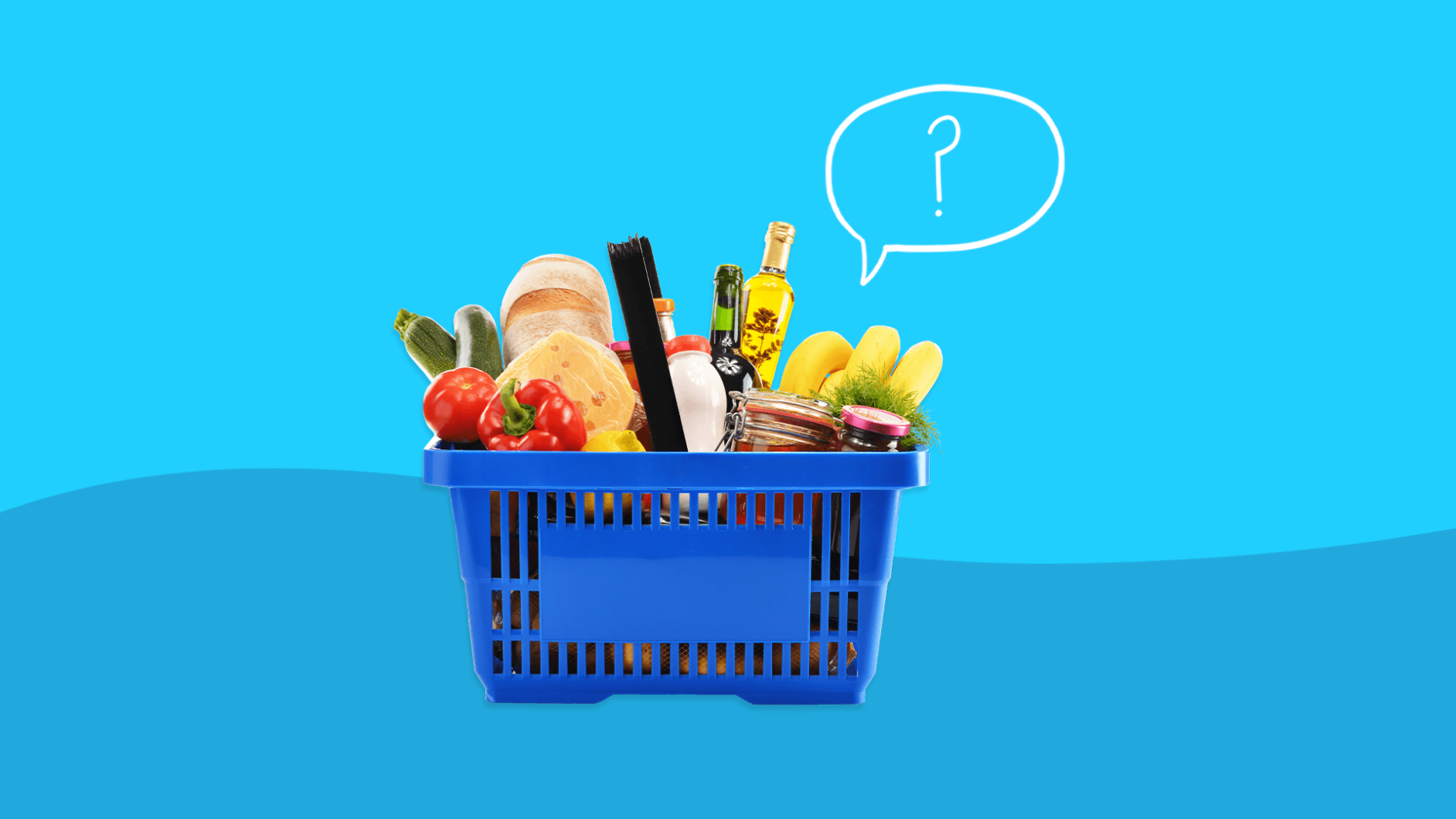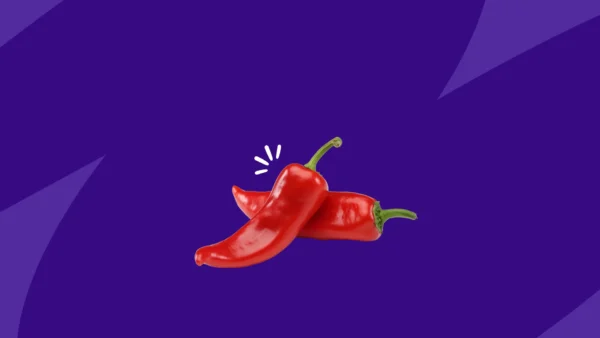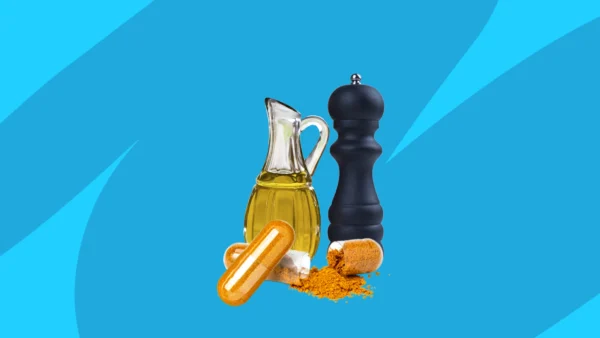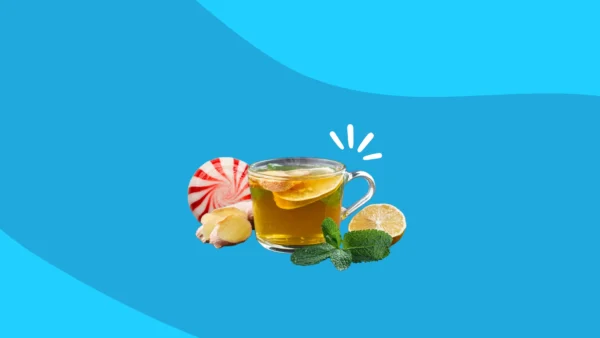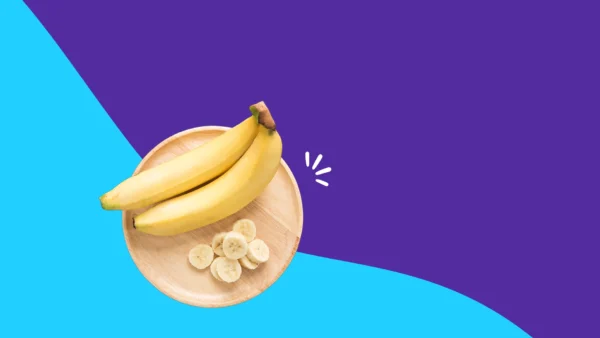You know that what you eat—and more often, what you don’t—has a direct impact on your overall health and well-being. If you’re asking “What kind of diet should I be on?”, the answer may be based on a health condition you have. There are special diets for medical conditions that can help you manage symptoms, prevent flare-ups, and support treatment.
Many chronic health conditions can be vastly improved through diet, with the right combination of foods minimizing symptoms caused by problems with the reproductive, cardiovascular, gastrointestinal, and endocrine systems, among others.
There’s no one-size-fits-all when it comes to finding the best diet. There are specific diets for different diseases. If you have one of the following conditions, it might be worth adopting a different approach to food and nutrition to maximize your health. Here’s our best diet list for 15 common health conditions affecting Americans in 2022
- IBS
- Fatty liver
- High blood pressure
- PCOS
- Heart health
- Diabetes
- Hypothyroidism
- Overweight/obesity
- High cholesterol
- Hashimoto’s
- Menopause
- Diverticulitis
- Inflammation
- Arthritis
- GERD
1. Best diet for IBS
Inflammatory bowel syndrome (IBS) affects about 25 to 45 million people in the U.S. and can present as everything from diarrhea and cramping to constipation and nausea.
A low FODMAP diet is often recommended for people with IBS, according to Ashkan Farhadi, MD, a gastroenterologist at MemorialCare Orange Coast Medical Center in California. FODMAP stands for fermentable oligosaccharides, disaccharides, monosaccharides and polyols; they are short-chain carbs (sugars) that the small intestine absorbs poorly. Some people experience digestive distress after eating them, so eating a low FODMAP diet can help—but it’s not without its own problems.
“It helps a good group of patients, but it’s extremely restrictive and almost everything under the sun is included [as foods to be avoided], which makes it really difficult to apply,” Dr. Farhadi explains.
Instead of trying to follow a low-FODMAP diet to a T long-term, Dr. Farhadi suggests using the list of foods to identify your personal triggers—far and away the most useful thing someone living with IBS can do, since some foods are triggers for some patients but not others (and even “trigger” foods may not be off-limits all the time).
“It’s important to understand your routine and how your body works, and choose the right food for the right times,” Dr. Farhadi says. “Soda may be the strongest trigger for one person, but for some individuals it can help with digestion—so the advice that soda is bad [for people with IBS] isn’t good advice.”
RELATED: The 3 best diets for IBS
2. Best diet for fatty liver
Fatty liver disease is a leading cause of liver failure and, though it’s often caused by alcohol consumption, that’s not always the case.
A low-calorie, low-fat diet, can help you eliminate some of the fat deposits in your liver by losing weight—regardless of the cause. Try to focus on eating lots of leafy greens, whole grains, nuts and seeds, and healthy fats—these foods can cut down on fat deposits. Consume lean cuts of meat and fish, not fatty ones. Lastly, avoid alcohol, but not necessarily caffeine; some studies suggest that drinking caffeine can reduce the risks of liver fibrosis and cirrhosis.
RELATED: 8 foods to eat for fatty liver disease
3. Best diet for high blood pressure
The DASH diet is recommended if you’re one of the 30% of adult Americans with high blood pressure (hypertension), says Amy Gorin, MS, RDN, a plant-based registered dietitian and owner of Plant-Based Eats in Connecticut. DASH stands for Dietary Approaches to Stop Hypertension.
Developed by the National Institute of Health (NIH) in the 1990s, Gorin says the plan focuses on reducing sodium content in the diet as well as eating whole foods such as grains, fruits and vegetables, dairy, lean meat, nuts and seeds, legumes, healthy fats, and oils. “The eating plan is based on research that shows that the diet can help lower high blood pressure levels, help improve cholesterol levels, and decrease your risk of heart disease,” she explains.
RELATED: The best diet for high blood pressure
4. Best diet for PCOS
There’s no one diet that improves symptoms of polycystic ovarian syndrome, or PCOS, but it’s smart to monitor the amount and quality of your carbs, according to Danielle McAvoy, MSPH, RD, the senior manager of nutrition & culinary product for Territory Foods.
“The primary dietary goal for PCOS is to manage insulin levels, so meals should be moderate in [complex carbs like brown rice, quinoa, and oats],” she explains. “Simple carbohydrates such as white bread, white rice, potatoes, and juice should be avoided, as they quickly spike blood sugar and trigger the release of insulin.”
Sherry Ross, MD, an OB-GYN and Women’s Health Expert at Providence Santa Monica Women’s Health, agrees while recommending that women with PCOS limit carbs and sugars, as well as processed foods, alcohol, and fatty foods to avoid inflammation.
RELATED: The best diet for PCOS
5. Best diet for heart health, including PVCs
If you’ve been diagnosed with premature ventricular contractions (PVCs), it’s important to eat a diet that strengthens your heart health. While PVCs is a relatively common condition, when combined with poor nutrition, it can increase your risk of heart disease or weaken your heart muscles.
For overall heart health, the American Heart Association recommends eating the way nutritionists and dietitians usually tell you to: emphasizing clean, whole foods and cutting back on processed foods, sodium, red meat, sugar, and alcohol. The DASH diet encompasses this approach to eating, so if you’re already following it for hypertension, you’re good.
One last thing to note about PVCs is that some research suggests low electrolyte levels to be a risk factor, especially if you’re deficient in magnesium or potassium. You can add more of these nutrients to your diet by eating plenty of bananas, spinach, broccoli, leafy greens, nuts, and legumes (all DASH compliant!).
RELATED: The best diet for heart health
6. Best diet for diabetes (pre-diabetes, Type 1, and Type 2)
The Mediterranean diet is one of the single best diets to follow, whether you’ve lived with diabetes your whole life or are just starting to monitor your blood sugar levels because your healthcare provider has told you that you’re pre-diabetic, says McAvoy. That’s because it focuses on having a healthy body weight and practicing moderation.
It does this not through restricting any particular food group, but by emphasizing whole foods in place of processed or fast foods.
“The Mediterranean diet is heavily plant-based, with a foundation of vegetables, fruits, whole grains, beans, nuts, and seeds,” McAvoy explains. “Moderate amounts of seafood, poultry, dairy and wine are encouraged, while red meat is limited.”
Most of the research on the Mediterranean diet involves Type 2 diabetes; for example, a 2011 review of studies published in Diabetes Spectrum found that the Mediterranean diet reduced fasting glucose and A1C levels for participants in 17 of the studies analyzed, beating out the results of low-fat diets in several studies.
RELATED: What the best diabetes diet?
7. Best diet for hypothyroidism
There’s no dietary cure-all for hypothyroidism, like PCOS (another hormone-related condition). It needs to be managed with medication, usually, but eating and avoiding the right foods can certainly reduce symptoms. Because hypothyroidism can slow your metabolism, you should be mindful of not eating too many processed foods, which are often higher in fat and calories but don’t fill you up as well (which will make you consume more calories overall).
It’s important that people with hypothyroidism get enough of the nutrients iodine and selenium, but your intake should be monitored by your healthcare provider; not everyone with hypothyroidism is deficient in these nutrients, and ingesting too much can cause damage. You may also need to limit foods known as goitrogens, which can interfere with thyroid function. These include soy and tofu products, some cruciferous vegetables, and some high-starch foods.
RELATED: The best diet for hypothyroidism
8. Best diet for weight loss
The Mediterranean diet works well for weight loss, in addition to being a good diet for people managing diabetes, says Gorin. With its emphasis on veggies, fruits, fish, olive oil, nuts, beans, legumes—and a small allowance of pleasure foods like red wine and dairy—Gorin recommends following this eating plan to get all the nutrients you need without all the processed extras.
How well does it work? One large, 12-year study published in 2018 in Nutritional Diabetes found that people who adhered closely to the diet not only lost more weight, but were at lower risk for developing obesity in the future.
RELATED: The best diet for weight loss
9. Best diet for high cholesterol
Cholesterol and blood pressure often go hand in hand in maintaining your heart health, and the diet recommendations are similar for both. But where hypertension diets focus on sodium, cholesterol diets focus on fats.
“The cholesterol you eat doesn’t raise the cholesterol in your body, [it’s the] saturated and trans fats [you eat],” says Lainey Younkin, MS, RD, weight loss dietitian at Lainey Younkin Nutrition.
That doesn’t mean you should cut all fats—some are good for you! But you should limit consumption of red and processed meats, says Younkin, replacing them with omega-3 fatty acids proteins like salmon or albacore tuna. You should also focus on soluble fiber sources, like oatmeal, fruits, vegetables, and barley, which Younkin says can help lower LDL cholesterol (aka the bad kind).
RELATED: The best diet for high cholesterol
10. Best diet for Hashimoto’s disease
Think Hashimoto’s disease is rare? Think again: It’s the most common cause of thyroid disease in the U.S., affecting about 5 in every 100 people, per the NIH. So it’s a good thing that following an autoimmune protocol diet (AIP) can help manage symptoms for people with Hashimoto’s disease.
“AIP eliminates inflammatory foods that can contribute to systemic inflammation caused by autoimmune diseases,” says McAvoy, who advises that people initially eliminate grains, legumes, dairy, nightshades, nuts and seeds, eggs, refined oils and sugars, coffee, and alcohol from their diet. From there, you can gradually add these foods back in as you work to determine which, if any, contribute to your inflammation.
RELATED: The best diet for hyperthyroidism
11. Best diet for menopause
Don’t fall for the myth that what you eat has no effect on your reproductive health; according to Dr. Ross; even simple changes in your diet can have an impact, especially when it comes to something as disruptive to your body as menopause.
“When estrogen gets low, it has a negative effect on metabolism and that can lead to weight gain,” Dr. Ross says.
In addition to consuming less calories overall, Dr. Ross suggests you eat plenty of dairy products for bone health and phytoestrogen foods like soy to increase your estrogen levels; meanwhile, you should avoid processed foods, sugars, alcohol, caffeine, and spicy foods, which can trigger anxiety and hot flashes in some women.
RELATED: The best diet to reduce menopause symptoms
12. Best diet for diverticulitis
If you’ve been diagnosed with diverticulitis, you’ve probably been warned to avoid dozens of potentially problematic foods so they don’t get trapped in the pockets of your intestines and cause infection or inflammation.
But Dr. Farhadi says a lot of those restrictions are unnecessary, and all you really need to do is follow one simple rule: avoid eating anything that’s the same size as the nail of your pinky finger (the opening of the diverticulum is the same size!).
“If something is smaller than this, it will easily come out [through the intestines], and if something is bigger than this, it can’t get [stuck in there] at all,” he explains. “If it’s something exactly the same size as your pinky nail, you’re in trouble.”
What does this mean in practical terms? Forget avoiding strawberries because they have seeds—those are too small to cause a problem—and eat nuts one at a time, chewing them completely before swallowing. You should, however, still avoid corn products, like corn on the cob and popcorn, which are just the right size for getting stuck and often don’t get chewed thoroughly.
RELATED: The best diet for diverticulitis
13. Best diet for inflammation
Because inflammation can happen in pretty much any body system, there’s no one diet that can reduce inflammation across the board. And most of the foods you’d expect—like ones loaded with sugar, simple carbs, and saturated fat—can contribute to inflammation, so you should start by cutting those out.
But there are some common anti-inflammatory foods that can be worked into your diet if you’re suffering. The golden rule is to seek out colorful foods, since these are often packed with antioxidants and can cut down on inflammatory responses in your body: Think tomatoes, peppers, kale, berries, and oranges. You should also eat lots of fish high in omega-3 fatty acids, heart-healthy avocados, and green tea, which has been shown to suppress the cytokine response.
RELATED: The best diet for inflammation
14. Best diet for arthritis
If the kind of inflammation you’re experiencing is arthritis, you should start with the recommendations above regarding anti-inflammatory foods to consume and avoid. But if you want to take it one step further, the Arthritis Foundation suggests following the Mediterranean diet specifically (surprise, surprise!).
Although some studies have not revealed any significant change in arthritis symptoms for patients on the Mediterranean diet, other studies—like this 2016 one from the American Journal of Clinical Nutrition—found that the diet was associated with a better quality of life for people with osteoarthritis, reducing their pain, stiffness, and disability.
RELATED: The best diet for arthritis
15. Best diet for GERD
There’s no specific diet for managing gastroesophageal reflux disease (GERD), but you can still do two important things to reduce attacks: Avoid inflammatory foods, and time your food and drink consumption carefully.
“Acidic foods, like citrus fruits and tomatoes, exacerbate GERD, along with chocolate, caffeine, and alcohol,” says Younkin, who adds that some people may be able to tolerate these foods in small amounts, so figure out what works for you. You may also need to avoid peppermint products (including gum and antacids), carbonated drinks, and fatty, greasy foods.
As far as when to eat, that may be just as important as what you eat. In addition to avoiding any food or drink three hours before bedtime (when you’ll be lying prone and stomach acid is more likely to creep back up your esophagus), give your stomach breaks between meals—and include water in those breaks.
“People don’t think water counts, but the stomach is designed to take a nap between meals for three to four hours,” warns Dr. Farhadi. “If you keep the stomach awake by sipping water all day, you’ll have trouble with reflux.”
RELATED: The best diet for acid reflux



